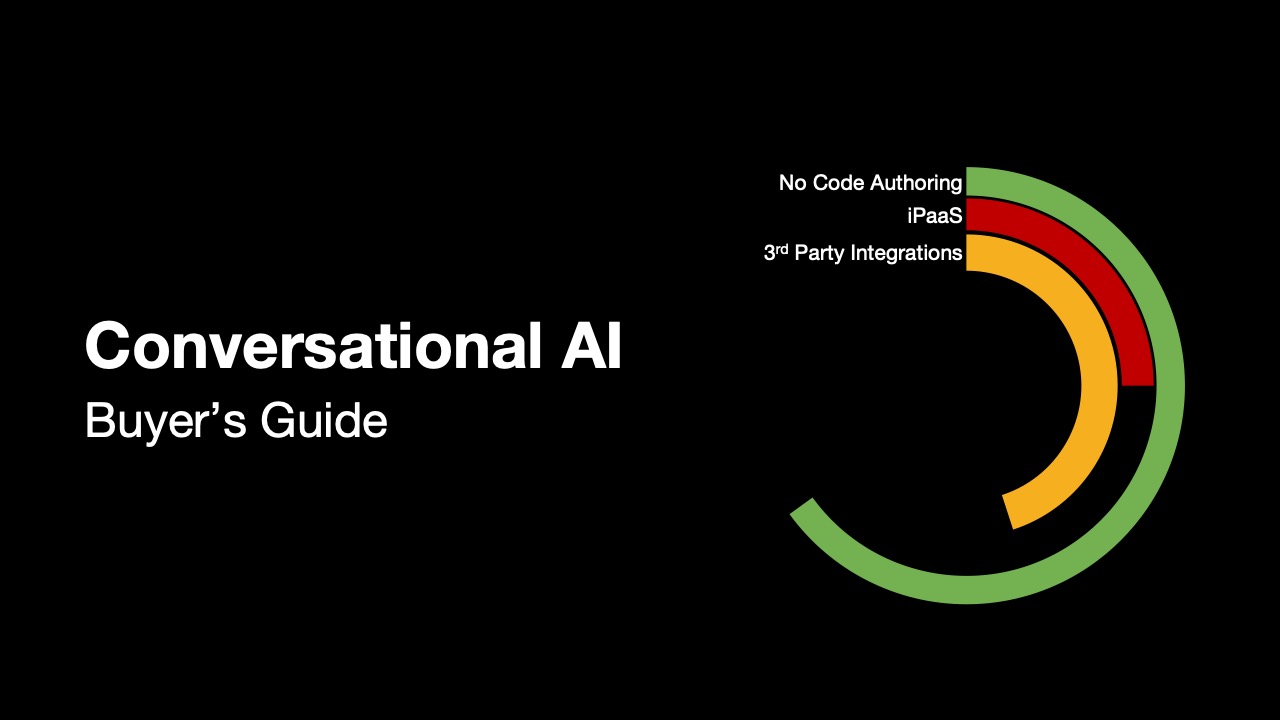As one year ends and another begins, we tend to look at the last year, categorize it as good or bad and then come up with resolutions for the new year. In agile development, we perform the same retrospective, albeit more often, to observe what went well, what didn’t do so well, and what can improve during the next sprint.
Looking back at different views and predictions about IT’s future to see what is relevant today, what was spot on, and what missed, I found, “RPA is dead. Long live Integrated Automation Platforms.” I initially sought views from last year, but this one from Phil Fersht, Saurabh Gupta, and Elena Christopher at HFS Research stood out to me. Many of their points in the article are spot on–some are misses. But, the surprising thing about their views is that they did it further than expected way back in 2019.
What Went Well
HFS makes a point that automating at the task level is not enough. Businesses need to look at the bigger picture of automating end-to-end processes, not just tasks. For digital transformation or organizational change to occur, leaders need to identify and optimize a business outcome that drives material value for the business. For instance, selling more in-stock items and immediately issuing invoices improves cash flow. More cash is the desired business outcome. Task automation does offer some value but limited value. For example, taking an emailed order and entering invoice data into an app helps remove data entry labor but is far from changing cash flow.
A business outcome does involve some technology changes, but it is more than just that. Adopting new technology is not the correct way to measure success. Instead, you should measure success by how well you transform your culture from how things used to be done to adopting new and more efficient methods. It’s challenging to get all of the different parts of your organizations working together across boundaries and then transform an end-to-end business process that will actually produce a better business outcome. The value should be the better cash flow, but did you spend more time and money changing the process to improve? Was there a negative in the larger picture? One of the biggest challenges in transformation is not the technology. The technology works. The biggest challenge is getting people to trust the tech.
Tribal knowledge is an important tactic to maintain history and cultures, but a huge problem in business. Extracting tribal knowledge in your organization where only a few know how an entire process works to documented processes that you can optimize is essential when implementing automation. Success should not hinge on knowing the right person to call when you move across organizational boundaries. It should, instead, depend on a repeatable process across your people, systems, and eventually AI. When you can visualize processes across people and systems with integrated automation, the process automation becomes responsible for business outcomes and can be easily modified and improved as circumstances change. You can transform your culture and place your tribal knowledge in the automations. Needing to know the right person to call and if they are on vacation, who approves expediting orders, understanding exceptions, all go away. The process should be aware of systems, rules, and what to automate, when to ask a human to manage an exception, and more importantly, when to escalate because the delivery of the process is in jeopardy.
What Could Be Improved
The core of the Triple-A Trifecta (Automation, AI, Analytics) is still based on RPA. RPA is inherently task-oriented and does not integrate people into automated processes very well. The idea that you could bolt on AI and Smart Analytics is exciting, but it is an add-on and not integrated into the automation. HFS states that RPA hasn’t inspired enterprises to rewire their business processes. Instead, businesses automated what the technology and their people could automate. They automated what happened yesterday, and they didn’t think about tomorrow. To transform, you need to free yourself from the limits of automating tasks like RPA to automation that works across many people, apps, APIs, bots, and older technologies like messaging and object-based computing models. Automating processes at the integration or API layer has enormous advantages. It is easier to maintain, has lower overall costs, is of higher quality, and can span your entire company across any boundaries. This is the path to transforming digital cultures. This is the path to embrace AI.
Where To Shift Your Focus
The goal is to make a material change to a business via focusing on the business outcomes. The way to ensure this happens is to make technology understand people versus making people understand the technology because constraining your business to within the limits of the technology limits innovation. Therefore, you need to learn to leverage more computing power into your business as an assistive force rather than a disruptive one.
Technology innovates at accelerating rates. Software gets more intelligent and faster. Hardware and cloud computing becomes faster at lower costs. Both evolve faster than your people. Humans have not evolved as fast as computers. It takes humans much longer to adopt technology than you think. We look at children and point out they can use a tablet without any fear, but in reality, that is the only technology they know. They aren’t unlearning bad habits. When microwave dials moved from manual dials to digital keypads, many parents and grandparents were confused. Kids don’t know telephones used to have rotary dials similar to the old microwaves. These simple examples demonstrate that hurling software at business processes will not drive transformation. The technology needs to be adopted by the people who are part of the business.
Overall, HFS’s views from the 2019 article are solid, but most technology vendors in the Triple-A Trifecta haven’t done anything materially different. Some have acquired or built new features, but they still look at today and not tomorrow. Instead, vendors need to provide a new approach. They need to enable customers to transform and change digital cultures instead of solely digitizing processes.
The future belongs to intelligent automation. Intelligent automation sheds the task-based focus of RPA and looks to more significant material business outcomes. Instead of automating tasks with task-based software, question why that task exists at all. Asking why a step or task exists helps your people change from a “doing” mindset to a “thinking” one. Switching to a business outcome mindset will help you view processes differently and remove unnecessary steps and future technical debt after things change. Instilling a digital transformation culture starts with understanding where your business is headed, and if it’s not headed toward using AI, then your business may not survive.





